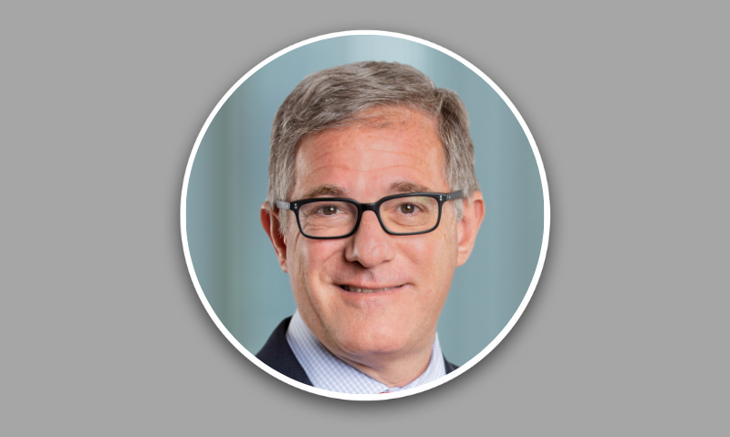
The rise and rise of Environmental, Social and Governance (ESG) goals in the insurance space has taken many by surprise. While recognition of sustainability issues had bubbled away for several years, ESG’s rapid expansion saw strategies changed and many companies trying to retrofit goals into their plans, which Randy Brown, Chief Investment Officer of Sun Life, thinks it is about time for.
In a recently released Clear Path Analysis report, Insurance Asset Management - North America 2022, several market experts from insurance groups including AllianceBernstein, Mercer, and Liberty Mutual, explore issues around how ESG challenges and opportunities should be approached.
"There is no doubt that the amount of assets focused on sustainability and ESG
factors is growing all around the globe.”
“ESG is a complicated topic,” says Brown in the report. “It is something that the market is finally coming to realise, while I have been a proponent of it for a decade. It has gained momentum through the Covid-19 pandemic, and it is probably one of the most poorly understood topics by regulators, activists, shareholders, and politicians,” he says.
“On the surface, the ask is very clear, but the ability to execute on it is so vastly different than the expectations. There is no doubt that the amount of assets focused on sustainability and ESG factors is growing all around the globe.”
The market is seeing new ESG propositions all the time; earlier this year the Taskforce on Nature-Related Financial Disclosures released its beta framework, which could see massive changes around investments that touch on biodiversity. In Europe, reports show that the EU’s Sustainable Finance Disclosure Regulation (SFDR) has changed the course of funds investment, with a huge swing to sustainable funds. “At the end of September, 21.7% of funds available for sale in the EU reported to “promote environmental and/or social characteristics’ (Article 8),” said research company Morningstar in November 2021. “While 2.8% claimed to have ‘a sustainable objective’ (Article 9). Combined, the two categories represented close to a quarter of the overall EU fund universe.”
“We are putting our money where our mouths are as an industry, and most people don’t understand repositioning a portfolio or divesting.”
In North America, progress has not been so rapid, but changes – including new frameworks – are still coming about, with some sure the US will ape European codes of practice.
“We are putting our money where our mouths are as an industry, and most people don’t understand repositioning a portfolio or divesting,” Brown says. “In our view, divesting isn’t going to do anything other than moving capital from public to private hands without affecting the outcome. This is a big macro issue that we all have to watch.”
“IFRS 17 and 9 are also things to watch,” he says. “The implementation doesn’t affect many people, but it is a big deal. It is a big deal for us as a Canadian life insurance and asset management company and could have big implications on portfolio structure and duration.”
“There seems to be one set of standards for traditional insurance companies that have been around for 150 years and another for alternative capital.”
He stated the direction that regulation within alternative capital and insurance goes in could see big changes. “There is a lot of alternative capital in insurance, and it feels that they are playing a different game to what legacy insurers are playing,” he says. “There seems to be one set of standards for traditional insurance companies that have been around for 150 years and another for alternative capital.”